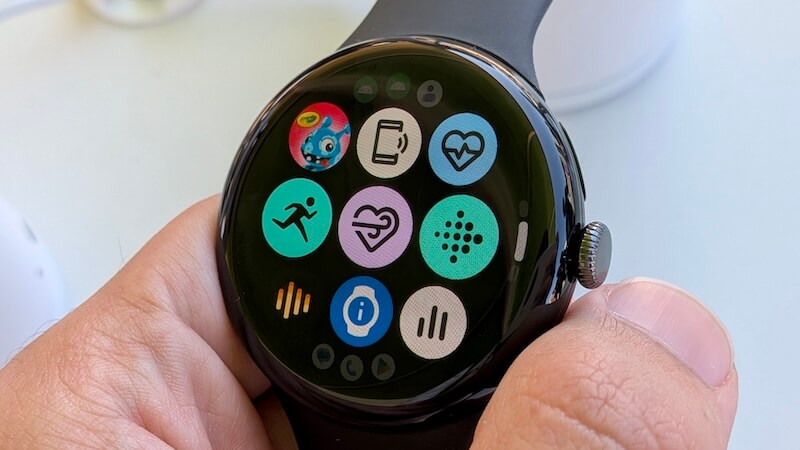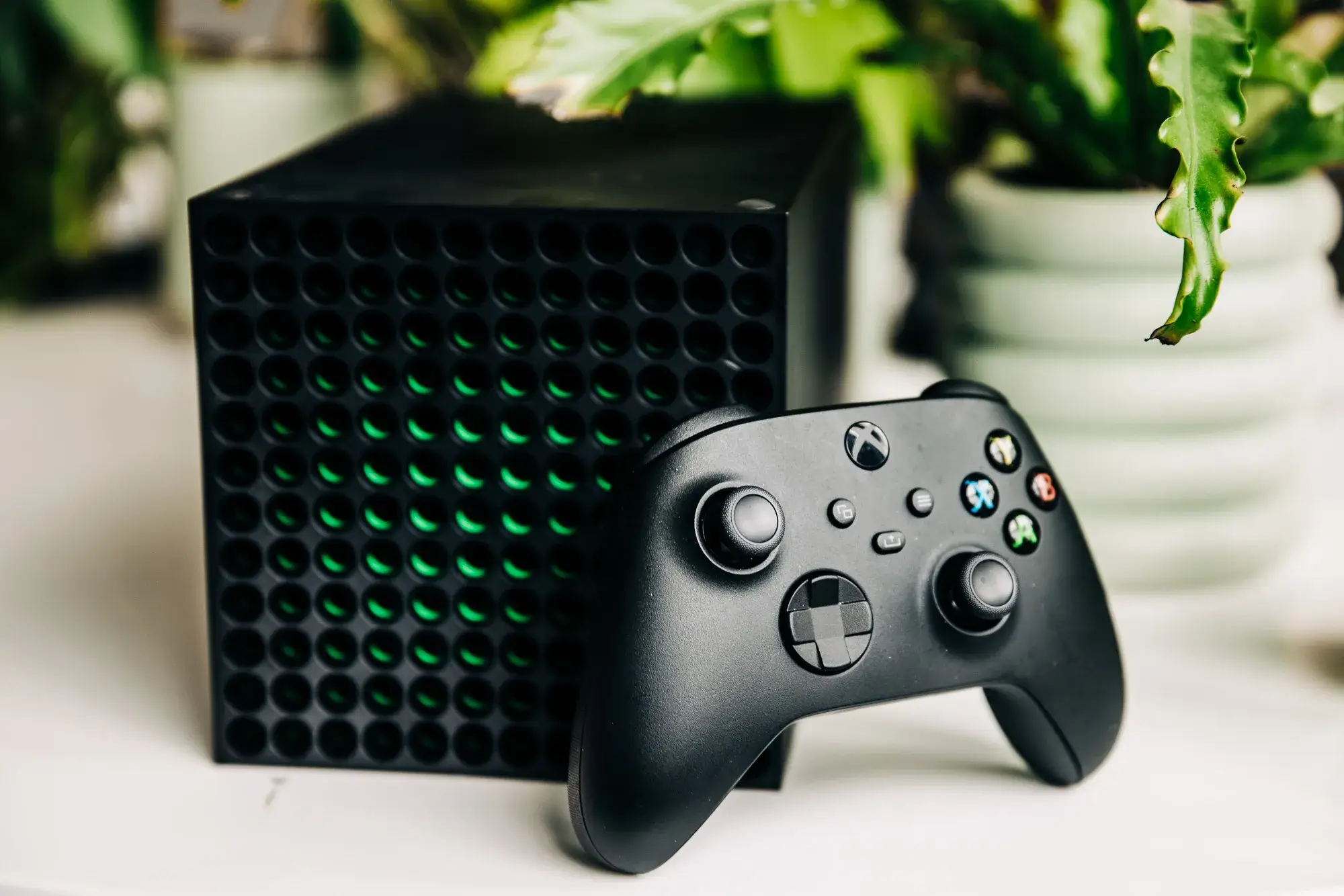The iPhone 17 is making waves with a revolutionary change to its front-facing camera, embracing a square sensor for the first time. This design innovation marks a significant shift in mobile photography, promising to reshape how users capture selfies and engage in video communication.
Square Sensor: A New Perspective
The most notable feature of the iPhone 17's front camera is its square sensor. This departs from the traditional rectangular or 4:3 aspect ratio sensors found in most smartphones. Apple calls this new front camera the "Center Stage" camera. The square sensor enables users to take photos and videos in both portrait and landscape orientations without physically rotating the phone. This offers a more comfortable and secure grip, especially for selfies and video calls.
Advantages of the Square Selfie Camera
- Versatile Orientation: The square sensor allows users to seamlessly switch between portrait and landscape modes. The camera intelligently crops the sensor to capture the appropriate region, eliminating the need to rotate the phone.
- Wider Field of View: The square design provides a wider field of view, making it easier to capture group selfies or include more of the background.
- Improved Stabilization: Apple claims the square sensor improves image stabilization, resulting in smoother and more stable video recordings.
- Center Stage Technology: The "Center Stage" feature utilizes AI to automatically keep subjects in the frame during video calls, even as they move around.
Technical Specifications and Features
The iPhone 17's front camera boasts an 18MP resolution. It has an f/1.9 aperture for improved low-light performance. The camera also supports a range of features, including:
- Autofocus with Focus Pixels
- Retina Flash
- Ultra-stabilized video
- Dual Capture (recording with front and rear cameras simultaneously)
- Photonic Engine and Deep Fusion for enhanced image processing
- Smart HDR 5
- Portrait mode with Focus and Depth Control
- Portrait Lighting with six effects
- Animoji and Memoji
- Night mode
- Lens correction and auto image stabilization
- 4K Dolby Vision video recording
Impact on Mobile Photography
The square selfie camera on the iPhone 17 could have a profound impact on mobile photography. By removing the constraint of phone orientation, Apple is simplifying the selfie-taking experience and encouraging more spontaneous and creative captures. The wider field of view and improved stabilization will benefit group selfies and video calls, while the Center Stage technology ensures that users remain in focus.
The move towards a square sensor reflects the growing importance of the front camera in modern smartphones. With the rise of social media platforms like TikTok and the increasing popularity of video conferencing, the front camera has become a primary tool for communication and content creation. Apple's decision to invest in this area signals a commitment to providing users with the best possible selfie and video calling experience.
The Future of Mobile Photography
The iPhone 17's square selfie camera is just one example of the many innovations shaping the future of mobile photography. Smartphone cameras are constantly evolving, with advancements in sensor technology, AI-powered image processing, and computational photography.
Emerging trends in mobile photography include:
- AI-Driven Workflows: AI tools are automating complex edits, enhancing details, and generating images from text prompts.
- Computational Photography: Software algorithms and AI enhance photos in ways hardware alone cannot.
- Mobile-First Content: Vertical photography dominates platforms like Instagram Reels and TikTok.
- Hybrid Photography: Blending stills with motion (e.g., animated clouds in landscapes) is becoming increasingly popular.
- Larger Sensors: Larger sensors improve dynamic range, color depth, and overall image quality.
As smartphone cameras continue to improve, they are blurring the lines between professional and amateur photography. With the right tools and techniques, anyone can capture stunning images and express their creativity through mobile photography.















